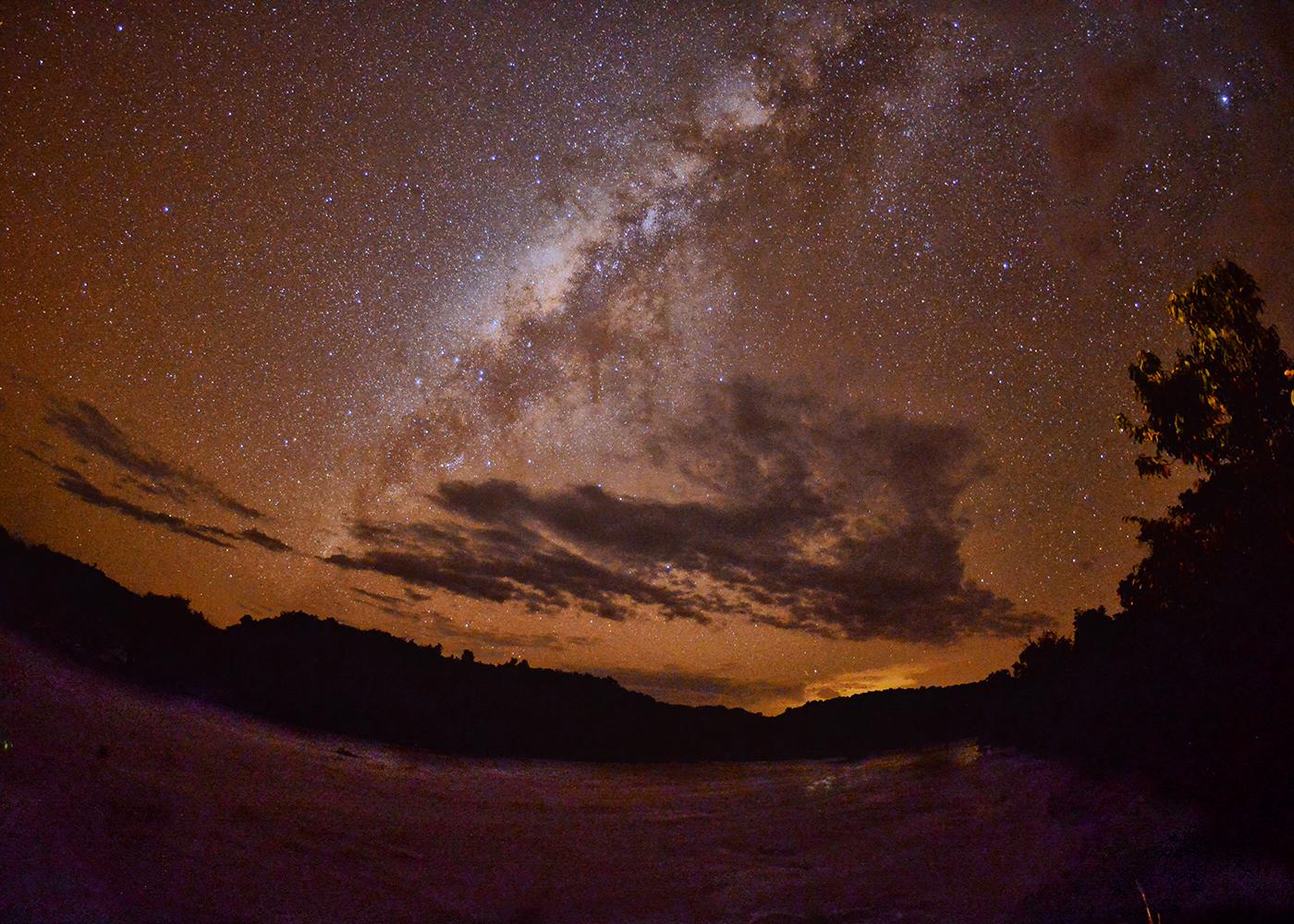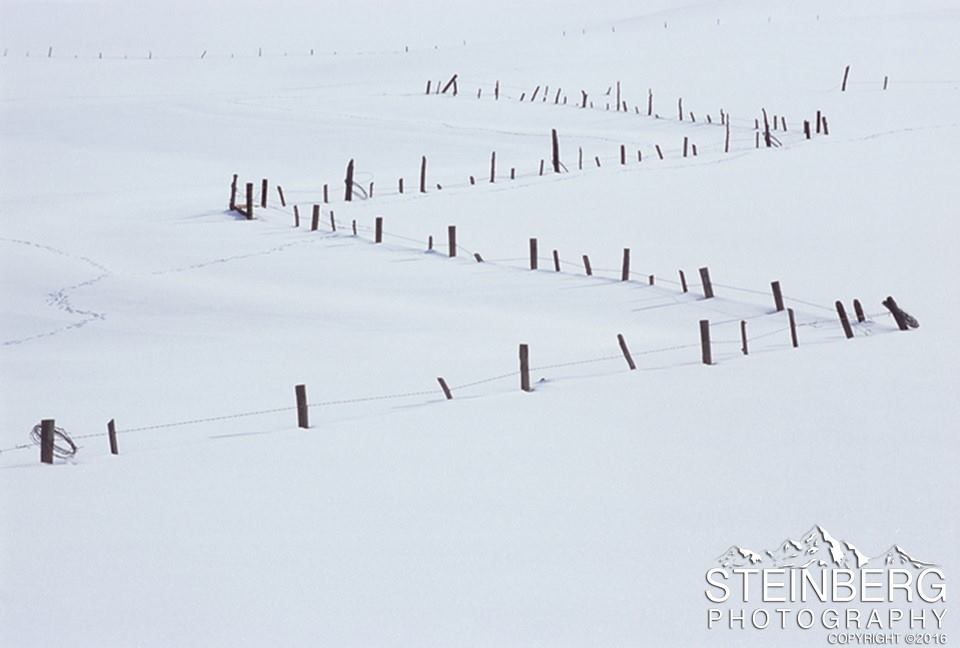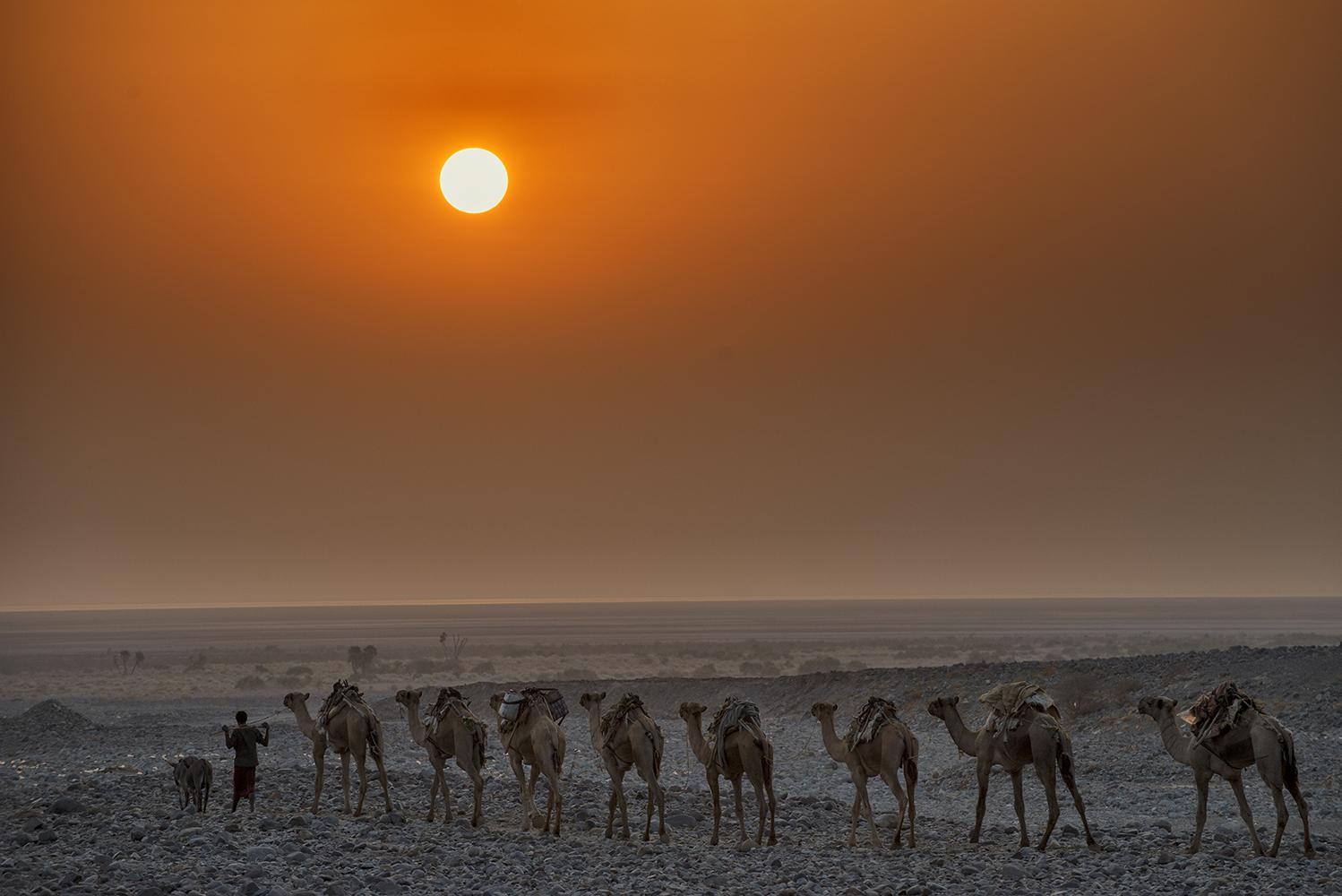For amazing star photography, you only need three things: a full-frame camera, a tripod, and a wide-angle lens. Throw in a dash of patience and a bit of serendipity if you are trying to capture a shooting star! OK, you do not need all three things above for great star photography, but they will certainly make your job a lot easier. Here’s how to set your camera to give your picture the best chance of coming out great.
Exposure Settings for Great Star Photography
First, decide if you want to shoot a long exposure with the stars creating circles or arcs, or if you want to capture the night sky with, say, the Milky Way. The most important variable in this decision is the exposure. In order to create “star trails” we will want long exposures, say from 1 to 8 hours depending on the effect you desire. This will give you long arcs of light as the stars move through the sky as the aperture remains open. To create night sky shots emphasizing the sky and stars, set your camera for less than a 20 second exposure, f/5.6-f/8, ISO 2000. The important thing to remember is that to “freeze” the stars in place you need a shorter exposure.
Temperature Settings
Kelvin temperature and white balance settings are your friend in star photography. Different Kelvin temperatures will highlight different areas of the sky. Lower temperatures will tend to emphasize the stars themselves as they will be bluer, little orbs of light. Higher temperature settings will emphasize the gaseous warmer clusters of the Milky Way. Here trial and error are important. If you don’t know what effect you really want, try a number of different white balance settings and then compare them when back on the computer. Additionally, you can always change your white balance in post-processing. The other wonderful thing about digital versus analog is that today’s digital sensors can record a much wider range of light than we can see with the naked eye, so even if the Milky Way isn’t clearly visible with the naked eye, it may be visible to your camera’s sensor.
Don’t Forget Context
As a nature photographer, you know the importance of scale. When dealing with massive subjects — like the Grand Canyon or a giant wave or a redwood tree — you need to give the eye something of a familiar size so the true scale of the subject is apparent. Common examples would be having a person or tree in the foreground. With star photography, scale is also incredibly important. After all, what’s bigger than…space? Give the viewer context to the setting of your star photography by including a foreground and provide a sense of scale by having something of a familiar size in it. You may also consider adding light to your foreground through a number of different methods.
How to Shoot a Shooting Star
The most active meteor showers generally produce about 50 to 100 meteors an hour (the Perseids being the most prodigious), or about one to two a minute. That means that even with lots of meteors, you have to be an active shooter, but also plan on lots of time with a hit or miss attitude. As a general rule of thumb you will likely want to use a slightly longer exposure time to increase your odds of having a meteor streak through and be recorded on your sensor. For meteor showers you will need a “dark sky” location away from light pollution. Additionally, though we know what part of the sky will produce any particular meteor shower (the Perseids are in the northeast sky, depending on your location) where they enter the atmosphere is random, so to increase your odds of capture I recommend a wide angle lens. And as always with any night shooting, a tripod is a must. One trick to increasing the apparent number of meteors you’ve photographed is to do numerous shots and then do image stacking in post-production.
When and where to catch the two biggest annual meteor showers: Perseid Meteor Shower, Orionid Meteor Shower.
Pictures from the Maasai Mara National Reserve in Kenya
Nikon D800 – 10.5mm lens – Exposure: f/2.8 25 sec. ISO 4000.
NikonD800 – 24mm lens –Exposure: f/4.5 30 seconds ISO 2000 – White Balance 2650K
NikonD800 – 24mm lens –Exposure: f/4.5 30 seconds ISO 2000 – White Balance 5500K
Learn Landscape Photography from the Pros
Learn the tricks of landscape photography from an award-winning photographer! Join other aspiring photographers on a photo adventure with Jim and Lori Steinberg of Steinberg Photography. To see where we are headed next, check out our Workshops and Photo Tours!
























